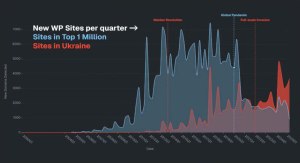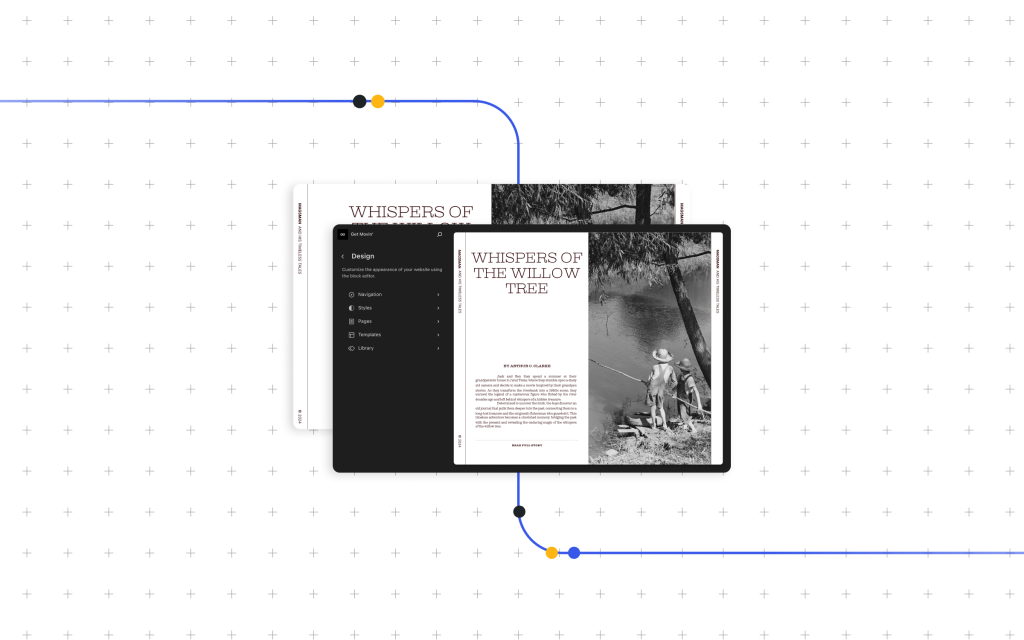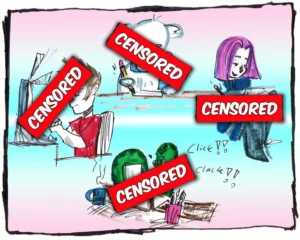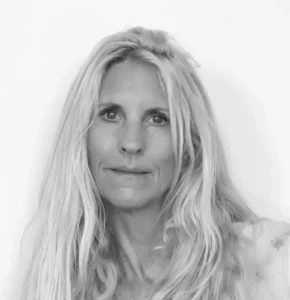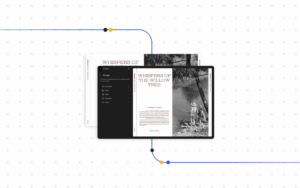Inside WordCamp Europe 2025: Unveiling Surprising Innovations and Secrets from Basel’s Biggest WordPress Event

Use these tools to understand where your website stands:
Sustainable choices you can make
Besides testing, there are concrete steps you can take to improve your website’s carbon footprint:
- Pick a sustainable hosting provider: Some hosters power their data centers with green energy, re-use the waste heat from servers, or run on refurbished hardware to reduce e-waste.
- Improve the site architecture: Reduce elements on your pages, use simple and clean architecture, and correct semantic code.
- Streamline site design: Choose a lightweight theme, for example, Astra or Kadence. Add simple functionality with code rather than plugins, limit plugins on your site, don’t use unnecessary animation.
- Set up caching: Every bit of data your visitors don’t have to re-download from the server for repeat visits saves energy. (By the way, all WordPress.com plans come with caching built in.)
- Optimize your content: Use images only when they are valuable, resize and convert them to WebP/AVIF, choose vector graphics whenever possible. More image optimization tips here.
- Use media mindfully: Only use functional and valuable graphics. Include preload=”none” into your header. Include image thumbnails that open embedded videos in a modal to prevent unneceesary preloading.
- Improve font usage: Use system fonts for body text and custom fonts only for headings. Include single icons instead of entire icon fonts and convert any fonts you use to woff/woff2
- Grid awareness: Cater your website experience to the local energy grid of your visitor. Fershad Irani is working on this currently together with the Green Web Foundation
If you’re interested in this topic, Charlotte also recommended this 2022 WordCamp Nederland talk from Joost de Valk.
